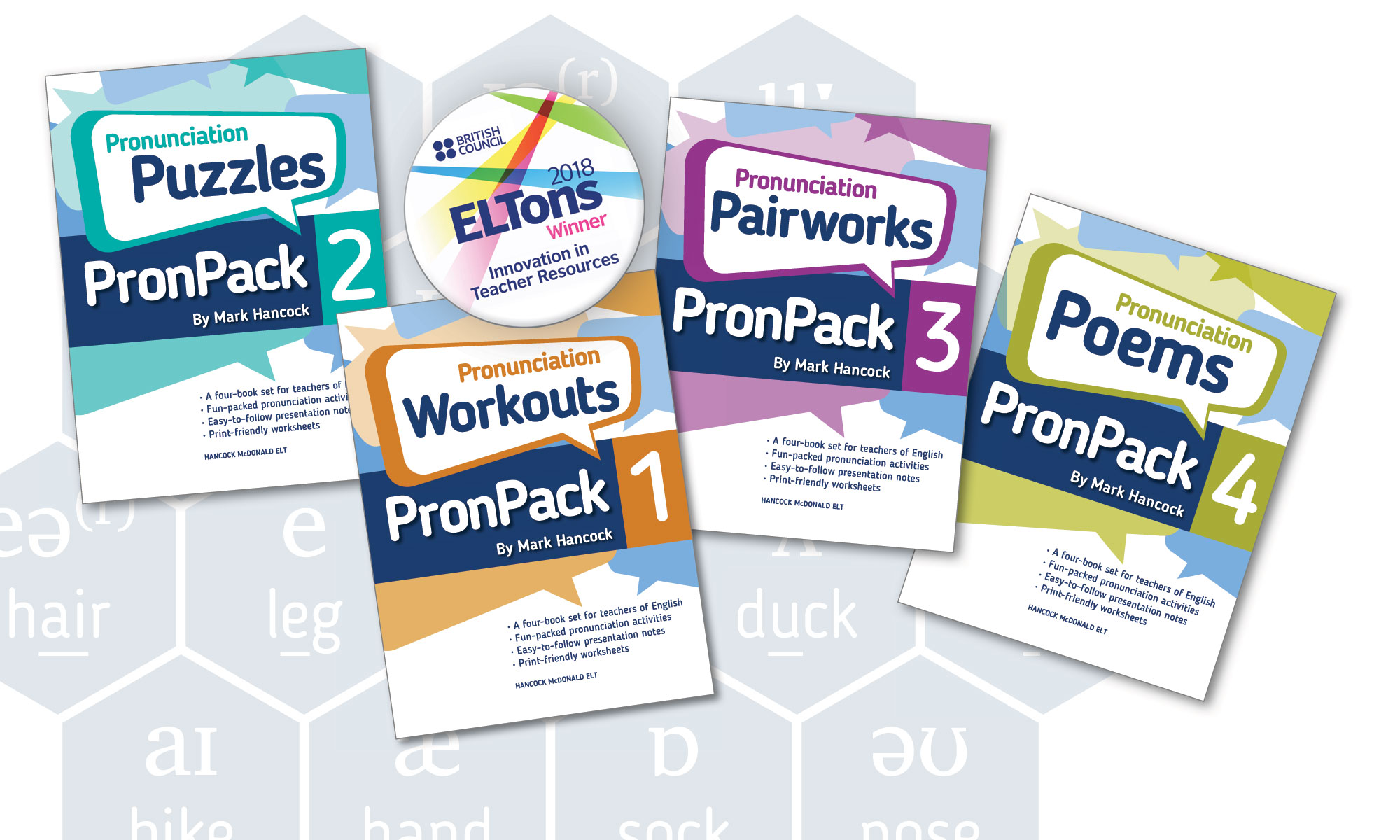 In the past, it was often assumed without further thought that learners should be taught to approximate to General British (GB) or General American (GA). Students assumed that they ought to sound like a native speaker. Teachers and published materials worked on the assumption that the model should be the native speaker accent with the widest acceptance and prestige. Indeed, this point of view is still widely held today. However, many people now question this assumption. There are a number of reasons for this:
In the past, it was often assumed without further thought that learners should be taught to approximate to General British (GB) or General American (GA). Students assumed that they ought to sound like a native speaker. Teachers and published materials worked on the assumption that the model should be the native speaker accent with the widest acceptance and prestige. Indeed, this point of view is still widely held today. However, many people now question this assumption. There are a number of reasons for this:
1. Students have different needs
Students do not all have the same needs. Some wish to integrate into a native speaker environment. Others wish to be intelligible in international contexts using English as a lingua franca. What is an appropriate model for one is not necessarily appropriate for the other.
2. Teachers have different accents
Teachers do not all have one of the prestige accents GB or GA. It would be unrealistic and unhelpful to expect them to fake an accent in class, or else avoid speaking altogether and use audio recordings instead. Within the classroom, the most realistic and appropriate model is probably the natural accent of you, the teacher.
3. Few students acquire exactly the accent of their model
Students do not necessarily acquire the model they aim for in any case. For instance, they may initially aim for GB, but in time they may decide to settle for something different, such as Spanish-accented English, if their L1 is Spanish. This may be for a negative reason – they decide that GB is unattainable in the time available, or it may be for a positive reason – they realise they would actually prefer to retain some of their own linguistic identity while speaking English.
4. Students will need a receptive tolerance of a range of accents
Pronunciation is just as much about listening as speaking. As listeners, students will hear many accents, not just GB or GA, and so they need to be aware of some of the ways in which accents vary.
5. Prestige accents are not necessarily more intelligible
There is nothing intrinsically superior about GB or GA. Other accents, or blends of accents, may be equally intelligible. Prestige accents may gain their prestige for historical and social reasons which have no relevance for the language learner – we can’t simply assume that they are better without question.
Accent-proof activities
In the PronPack collection, I have tried to be non-prescriptive about the accent model presented to students. For example, I have tried to be even-handed in the question of whether the students should pronounce the ‘r’ in words like hair, arm, fork and bird. In my own teaching, I try to make students aware of both possibilities and leave them to choose the alternative they prefer. I have designed the activities in PronPack to be ‘accent-proof’ with regard to the ‘r’ – they should work whether or not you pronounce it. In the teaching notes, I have included flexi notes to alert teachers to areas relevant to the activities which are particularly subject to accent variation.
It would however be impossible to make the materials 100% accent-proof. For instance, in the sound charts, there are different symbols for the vowels in boot and foot. However, for some Scottish speakers, these two vowel sounds are the same. In such instances, where relevant, I would expect the teacher to point out this fact to their students.
Anything goes?
From what I have written above, I may have given the impression that as far as accent is concerned, anything goes. However, this is not what I am saying. A teacher may have an accent which is strongly local and not easily intelligible in other regions of the country – or world. This is clearly not a good model for most language learners. Such a teacher would be well-advised to modify their accent to minimize those aspects of it which cause difficulty for listeners outside their own locality. But in fact, people, and especially teachers, are usually well aware of these aspects of their local accents, and are capable of modifying their speech when necessary to accommodate to a non-local listener.
In summary, the point of view adopted in PronPack is as follows:
– PronPack does not prescribe any specific accent as the best model for pronunciation teaching. This will have to be left to your judgement.
– Many different accents, both native and non-native will be suitable, depending upon student needs and context.
– In many cases, the teacher’s own accent will be the best model, because the voice that the students will be most exposed to is probably the teachers, and provided that the teacher’s English is widely intelligible, it is a suitable model.

